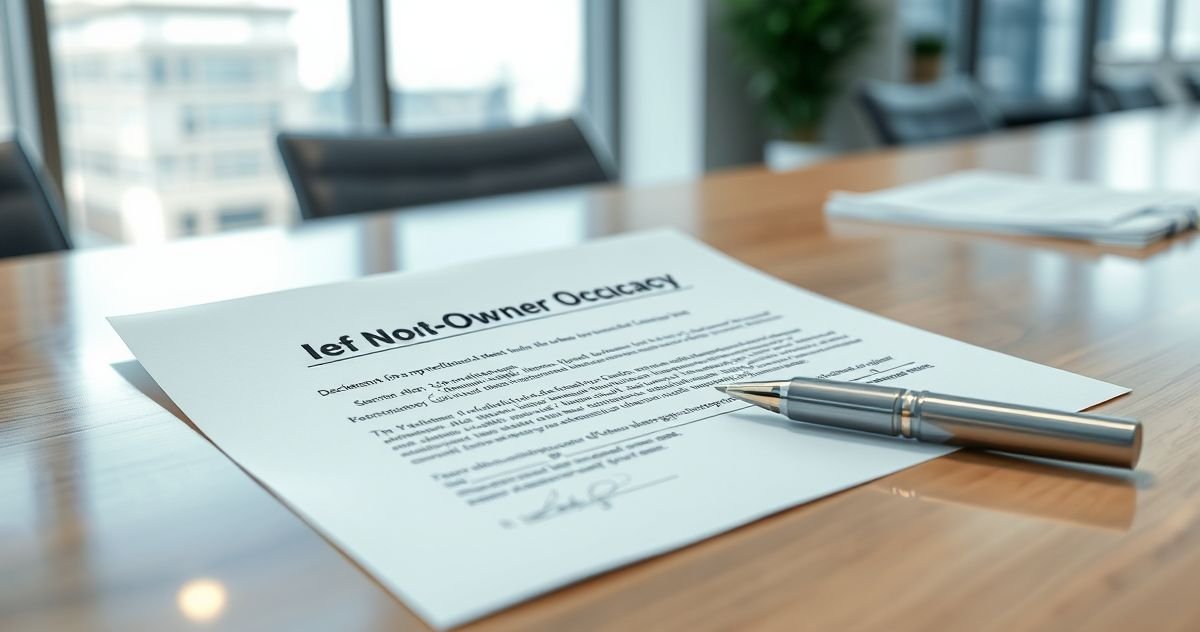A Declaration of Non-Owner Occupancy is a written statement that a borrower signs to confirm they will not live in the property as their primary residence. This declaration plays an important role in mortgage lending, as it influences loan eligibility, interest rates, and down payment requirements.
When applying for a mortgage, lenders ask how you intend to use the property—whether as your main home, a second home, or an investment property. Signing this declaration indicates your property use is non-owner occupied, such as rental property or vacation home, which typically involves higher interest rates and stricter loan terms to offset increased lender risk.
Lenders care about occupancy because owner-occupied homes tend to have lower default rates and better maintenance, reducing their risk. Non-owner-occupied properties carry higher risks, so lenders adjust loan qualifications accordingly. For example, government-backed loans like FHA and VA loans require owner occupancy and are not available for investment properties.
Understanding the difference between owner-occupied and non-owner-occupied properties is key. Owner-occupied properties benefit from lower interest rates, smaller down payments, and eligibility for special loan programs. Non-owner-occupied properties often require larger down payments (typically 20% or more) and have higher interest rates.
You might sign a Declaration of Non-Owner Occupancy when buying an investment property, second home, or refinancing a rental property. It’s important to provide accurate information because misrepresenting occupancy is mortgage fraud, a serious federal offense.
If you live in one unit of a multi-unit property (duplex, triplex, or fourplex) while renting out the others, the property may still qualify as owner-occupied for loan purposes. The lender verifies occupancy through credit reports, utility bills, public records, and property inspections.
For more information on related topics, see Owner-Occupied Refinance and Investment Property Mortgage.
Frequently Asked Questions
Can I change my occupancy status after signing?
Yes, if your intent changes after a reasonable period (typically at least 12 months), you may update your occupancy status. However, your initial declaration must be truthful.
How do lenders verify occupancy?
They use methods like credit report address checks, utility bills, public records, and sometimes drive-by inspections.
What are the consequences of misrepresentation?
Misrepresenting occupancy to obtain more favorable terms is mortgage fraud, which can lead to loan recall, legal penalties, and fines.
For authoritative guidance on mortgage occupancy and related loan rules, visit the Consumer Financial Protection Bureau’s page on Buying a House.



